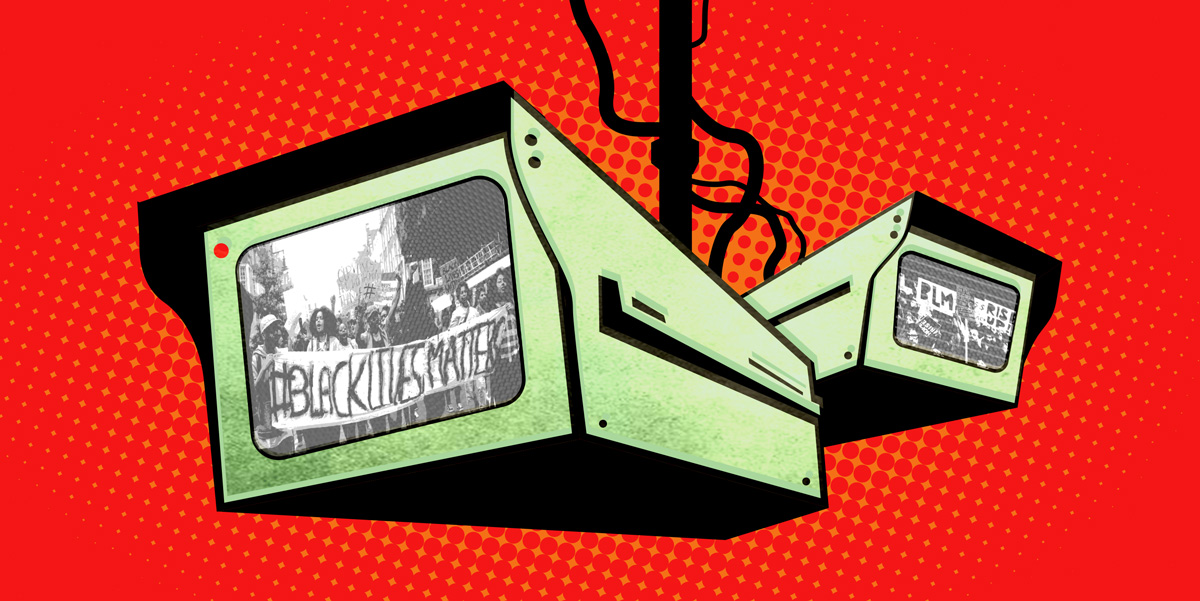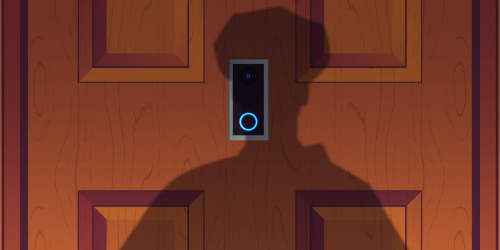This summer’s Black-led protest movement against police violence was one of the largest political movements in the history of the United States--and with it, came a massive proliferation of government surveillance technology aimed at activists and demonstrators.
EFF has been standing up for the right to protest without being surveilled for 30 years now, and this year was no different. As EFF Executive Director Cindy Cohn wrote earlier this year, “EFF stands with the communities mourning the victims of police homicide. We stand with the protesters who are plowed down by patrol cars. We stand with the journalists placed in handcuffs or fired upon while reporting these atrocities. And we stand with all those using their cameras, phones and digital tools to make sure we cannot turn away from the truth.”
And we stood with protestors and provided support with lawsuits, by offering legal support to activists, through surveillance self defense education for protestors, reaffirming the right to film the police, by analyzing the latest surveillance tech, and by providing tools for people on the ground to know and understand what equipment their local police departments are using to spy on activists.
We even uncovered police surveillance of protests in our own backyard. By using public records requests to see the correspondence between the San Francisco Police Department and the Union Square Business Improvement District, which operates several hundred surveillance cameras in the area, we exposed that the SFPD gained live access to over 400 cameras to spy on protestors. Because San Francisco has an ordinance prohibiting the police from gaining access to any new surveillance equipment without approval from the Board of Supervisors, EFF is now representing activists in a lawsuit against the city for violating this law. This may be the nation’s first test case to enforce a municipal CCOPS (community control of police surveillance) ordinance.
When it comes to spying on protests, police have a lot of surveillance tools at their disposal to track, identify, and monitor demonstrators and people exercising their constitutional rights to assemble and protest. In 2020, reporters, civil rights advocates, and people on the ground documented government use of aerial surveillance, social media monitoring, and many more. As with the government surveillance of Occupy Wall Street or the 2015 demonstrations led by the Movement of Black Lives, it could take years for us to learn all of the myriad ways local, state, and federal law enforcement surveilled organizers.
The right to protest, assemble, and associate is a cornerstone of democracy. That right is undermined when people legitimately fear retribution from authorities for their participation in the political system and public sphere. Digital surveillance at protests, and the ongoing surveillance of people’s online activities, is a profound threat to those rights. EFF has been standing up protestors in the streets and online for decades--and 2020 was no exception. As people continue to take to the streets in 2021, we’ll continue to have their back.
This article is part of our Year in Review series. Read other articles about the fight for digital rights in 2020.











